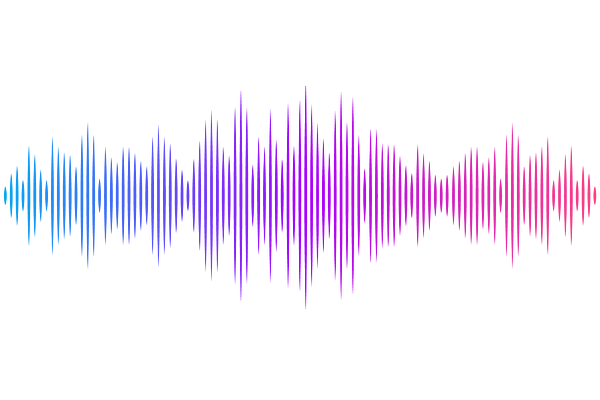Repeating Flares, X-ray Outbursts and Delayed Infrared Emission: A Comprehensive Compilation of Optical Tidal Disruption Events

Repeating Flares, X-ray Outbursts and Delayed Infrared Emission: A Comprehensive Compilation of Optical Tidal Disruption Events
D. A. Langis, I. Liodakis, K. I. I. Koljonen, A. Paggi, N. Globus, L. Wyrzykowski, P. J. Mikołajczyk, K. Kotysz, P. Zieliński, N. Ihanec, J. Ding, D. Morshed, Z. Torres
AbstractTidal disruption events (TDEs) have been proposed as valuable laboratories for studying dormant black holes. However, progress in this field has been hampered by the limited number of observed events. In this work, we present TDECat, a comprehensive catalogue of 134 confirmed TDEs (131 optical TDEs and 3 jetted TDEs) discovered up to the end of 2024, accompanied by multi-wavelength photometry (X-ray, UV, optical, and IR) and publicly available spectra. We also study the statistical properties, spectral classifications, and multi-band variability of these events. Using a Bayesian Blocks algorithm, we determine the duration, rise time , decay time, and their ratio for 103 flares in our sample. We find that these timescales follow a log-normal distribution. Furthermore, our spectral analysis shows that most optical TDEs belong to the TDE-H+He class, followed by the TDE-H, TDE-He, and TDE-featureless classes, which is consistent with expectations from main sequence star disruption. Using archival observations, we identify four new potentially repeating TDEs, namely AT 2024pvu, AT 2022exr, AT2021uvz, and AT 2019teq, increasing the number of known repeating events. In both newly identified and previously known cases, the secondary flares exhibit a similar shape to the primary. We also examine the IR and X-ray emission from the TDEs in our catalogue, and find that 14 out of the 18 IR events have associated X-ray emission, strongly suggesting a potential correlation. Finally, we find that for three subsamples (repeating flares, IR-, and X-ray-emitting events), the spectral classes are unlikely to be randomly distributed, suggesting a connection between spectral characteristics and multi-wavelength emission. TDEcat enables large-scale population studies across wavelengths and spectral classes, providing essential tools for navigating the data-rich era of upcoming surveys such as the LSST.